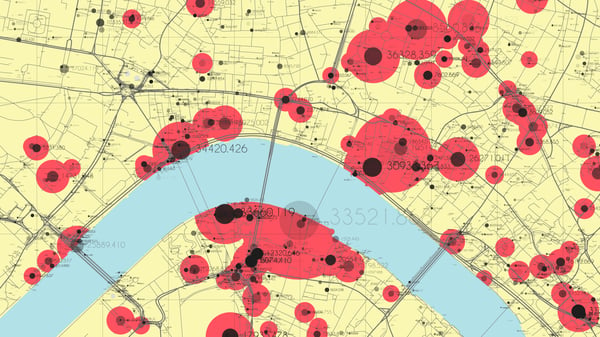4 Must-have Data Points for Dispatch-Billing Alignment and Maximum Reimbursement
CAD, Comms Center and ePCR Data Provide Critical Insights Needed to Reform EMS Processes and Protocols
The EMS industry is experiencing unprecedented challenges, including staffing shortages and unsustainable revenue models

The EMS industry is experiencing unprecedented challenges, including staffing shortages and unsustainable revenue models. Matt Zavadsky, Chief Transformation Officer at MedStar Mobile Healthcare, points out that these new issues may provide the catalyst for significant and needed changes in long-standing EMS processes and protocols.
The key to developing strategies that retain EMS workers and drive down costs is to start by extracting and analyzing data from multiple sources, such as the computer-aided dispatch (CAD) system, electronic patient care reports (ePCRs), patient surveys, and more. This data offers EMS managers the business intelligence they need to make strategic changes to EMS delivery models that reflect the available resources. These decisions also can reduce the number of “HOT” responses, prevent injuries or deaths from responding hot, and lower operating costs.
According to industry communications expert, Zavadsky, EMS operational enhancements informed by comms data can include:
-
- More aggressively triaging emergency calls at the comms center and determining whether the call truly requires a “HOT” response
- Sending BLS crews and ambulances whenever it’s appropriate
- Developing and utilizing more community paramedics and/or telehealth professionals for non-emergent calls that don’t require transport
- Adjusting expectations on long-held standards for response times
- Reducing use of lights and sirens to prevent EMS vehicle and “wake effect” crashes
- More aggressively triaging emergency calls at the comms center and determining whether the call truly requires a “HOT” response
When agencies make efforts to strategically modify long-held standards for EMS processes and protocols, it can free up time, staff, and equipment to address the truly dire medical emergencies, i.e., those designated as ECHO level.
It’s been said that only a crisis, real or perceived, produces real change. The EMS system is clearly in crisis, due to EMS professional staffing shortages, resource allocation issues, and the unsustainable transport-based financial model. By accessing EMS data from multiple sources, EMS managers can make progressive advances in traditional EMS practices while maintaining quality of care for ECHO-level emergencies.
To learn more about the factors driving the EMS staffing shortage, how agencies can make transport safer for the general public, and actionable strategies for how to mitigate risk by using tiered response times, watch the complimentary webinar with Matt Zavadsky, Data Treasure Trove: Using Comms Data To Enhance EMS Systems.
Read more about strategic approaches to EMS communications:
Implement These Best Practices for Improving Comms Center Performance
Related Posts
How EMS Agencies Can Reframe Need and Refocus Resources With Geospatial Analytics
How To Minimize Radio Chatter and Reduce Guesswork With Smarter Dispatch Resource Management
ZOLL Pulse Blog
Subscribe to our blog and receive quality content that makes your job as an EMS & fire, hospital, or AR professional easier.
ZOLL Pulse Blog
Subscribe to our blog and receive quality content that makes your job as an EMS, fire, hospital, or AR professional easier.




